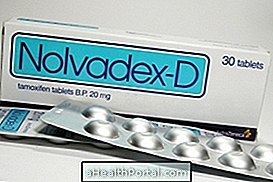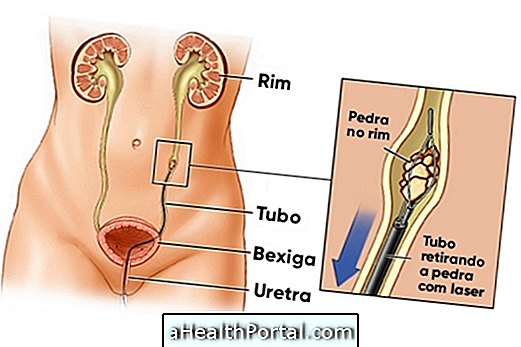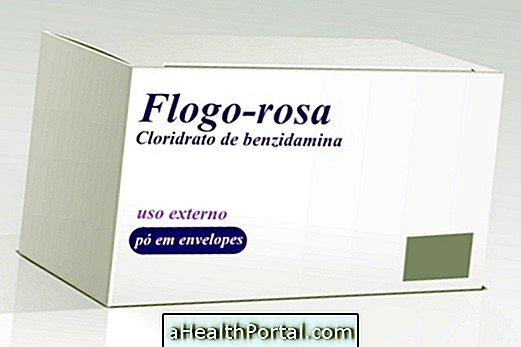Childbirth can be induced by doctors when labor does not start alone or when there are situations that may endanger the life of the woman or the baby.
This type of procedure can be performed from 22 weeks of gestation, but there are homemade methods that can facilitate the onset of labor, such as sexual intercourse, acupuncture and homeopathy, for example.
Although there are several indications for induction of labor, all of them should be investigated by the physician, in detail because it is sometimes safer to opt for a cesarean section rather than trying to stimulate normal labor with any method. See how the cesarean is done.

When it may be necessary to induce labor
The induction of labor should be indicated by the obstetrician and may be indicated in the following cases:
- When the pregnancy passes from 41 weeks without onset of contractions spontaneously;
- Rupture of the amniotic fluid pocket without onset of contractions in 24 hours;
- When the woman is diabetic or has other diseases such as kidney or lung disease;
- When the baby has any malformation or has not grown enough;
- In case of decreased amniotic fluid;
In addition, the appearance of diseases such as fat in the liver or gestational cholestasis poses risks for the baby, also being necessary to induce labor in these cases. See more here.
When it can be dangerous to induce labor
Induction of labor is not indicated and should not be performed when:
- The babies are in grief or dead;
- After more than 2 cesareans due to the presence of scars in the uterus;
- When there is umbilical cord prolapse;
- When the woman is pregnant with twins or more babies;
- When the baby is sitting or not turned upside down;
- In case of active genital herpes;
- In case of placenta previa;
- When the baby's heart rate is decreased;
- When the baby is very big, weighing more than 4kg.
However, the doctor is the one who must make the decision whether to choose the induction of labor or not, taking into account several factors that evaluate the risk and the benefit of induction.
Methods for induction of hospital delivery

The induction of labor in the hospital can be done in 3 different ways:
- Use of medicines such as Misoprostol, known commercially as Cytotec or another medicine called Oxytocin;
- Detachment of membranes during a touch examination;
- Placement of a special probe into the vagina and uterine region.
These three forms are capable of effective but should only be performed in the hospital where the woman and the baby can be well accompanied by a team of physicians and equipment that may be needed if there is a need for any procedure to save the mother's life or of the baby.
After the onset of the labor induction process the uterine contractions should begin in about 30 minutes. Induced labor usually hurts more than spontaneously starting labor, but this can be resolved with epidural anesthesia. Read: Does Anesthesia completely clear the pain of normal labor?
Know the three stages of labor to know what to expect and when to force by clicking here.
Learn how to relieve the pain of labor through proper breathing and the positions you can adopt during labor.
What to do to start labor
Other ways to facilitate the onset of labor that can be performed before arriving at the hospital after 38 weeks of gestation and with the knowledge of the obstetrician are:
- Taking homeopathic remedies, such as Caulophyllum ;
- Acupuncture sessions using electro-acupuncture;
- Take tea from raspberry leaves, see the properties and how to prepare this tea by clicking here.
- Breast stimulation, which can be done when the woman who already has another child and this one returns to suckle;
- Practice exercises, such as daily walks, with enough speed to be panting.
The increase in sexual intercourse in the final stages of gestation also favors uterine contractions and labor, so women wishing to give birth can also invest in this technique. See some positions that can make intimate contact even better for the woman at this stage of life by clicking here.























